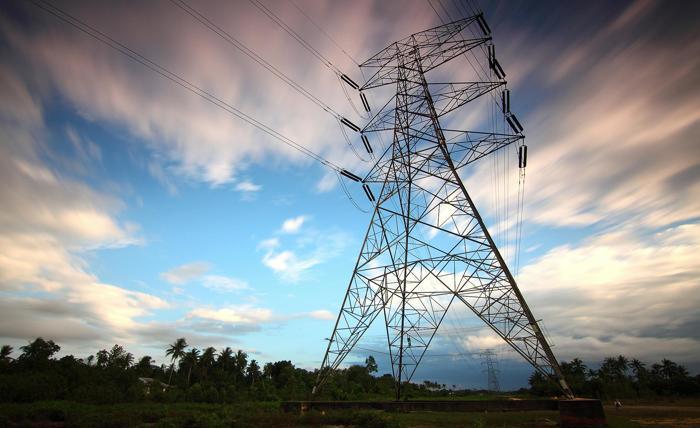As environmental concerns continue to shape public policy and consumer behavior, sustainable projects are emerging as powerful examples of how innovation can support greener living. These initiatives go beyond reducing carbon footprints—they foster community engagement, improve resource efficiency, and demonstrate that sustainability can be both practical and inspiring. From urban infrastructure to community-driven programs, the following projects showcase how thoughtful design and technology can lead to lasting environmental impact.
Urban Farming Initiatives
Urban farming has gained momentum as cities look for ways to improve food security and reduce transportation emissions. Rooftop gardens, vertical farms, and community plots transform underutilized spaces into productive ecosystems. These projects not only provide fresh produce but also educate residents about sustainable agriculture and healthy eating. In cities like Chicago and New York, urban farms are integrated into schools, housing developments, and public parks, creating green spaces that serve both nutritional and social functions. By reconnecting people with the source of their food, urban farming encourages more mindful consumption and fosters a deeper appreciation for natural cycles.
Net-Zero Housing Developments
Net-zero housing is redefining residential construction by proving that energy-efficient living can be both accessible and attractive. These homes are designed to produce as much energy as they consume, often through a combination of solar panels, high-performance insulation, and smart energy systems. Developments such as the Grow Community in Bainbridge Island, Washington, demonstrate how net-zero neighborhoods can thrive without sacrificing comfort or style. Residents benefit from lower utility bills and a reduced environmental impact, while the community as a whole gains a model for sustainable urban planning. These projects show that green living can be seamlessly integrated into everyday life.
Community Solar Programs
Access to renewable energy is expanding through community solar programs, which allow individuals to benefit from solar power without installing panels on their own property. Participants subscribe to a shared solar array and receive credits on their electricity bills based on their share of the energy produced. This model is especially valuable for renters, low-income households, and those with shaded roofs or limited space. Community solar projects promote energy equity and broaden participation in the clean energy transition. They also strengthen local economies by creating jobs and supporting regional energy independence.
Public Lighting Powered by Renewables
Cities are increasingly adopting renewable energy solutions for public infrastructure, and lighting is a prime area for innovation. Solar street lights are being deployed in urban and rural areas alike, offering reliable illumination without relying on grid electricity. These systems use photovoltaic panels and battery storage to operate independently, reducing energy costs and enhancing resilience during outages. In addition to their environmental benefits, solar street lights improve public safety and accessibility, particularly in underserved communities. Their installation is often quicker and less invasive than traditional wired systems, making them a practical choice for expanding urban lighting networks.
Circular Economy Hubs
Circular economy hubs are redefining how communities manage waste and resources. These centers focus on reuse, repair, and recycling, diverting materials from landfills and extending the life of products. Makerspaces, tool libraries, and upcycling workshops empower residents to repurpose items and reduce consumption. Cities like Amsterdam and San Francisco have embraced circular economy principles by supporting local businesses that prioritize sustainable production and waste reduction. These hubs foster innovation and collaboration, encouraging a shift from linear consumption models to regenerative practices. By making sustainability tangible and participatory, they inspire lasting behavioral change.
Conclusion
Sustainable projects are more than environmental solutions—they’re catalysts for cultural and economic transformation. From net-zero homes and urban farms to community solar and circular economy hubs, these initiatives demonstrate that greener living is achievable, scalable, and beneficial for all. As cities and communities continue to embrace sustainability, these examples serve as guiding lights for a future built on resilience, equity, and environmental stewardship.

